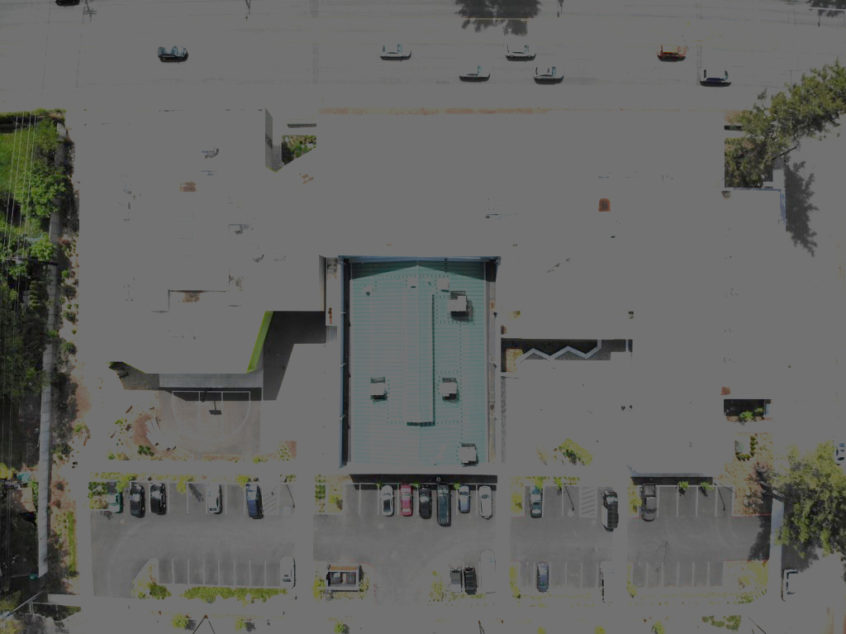According to a recent study, the construction industry has been dealing with lot of inefficiency in the past. It has been slower than many other sectors in embracing new digital technologies. But that is finally changing. Disruption is happening in the construction sector and drones are leading the charge.
Companies building and managing large infrastructure projects including roads, railroads, bridges, dams, reservoirs, airports, industrial complexes, oil and gas facilities, and power plants are starting to use drone data to optimize their operations. Drones are altering the construction landscape by reducing and sometimes eliminating the need for manual labor. With their ability to collect real-time, accurate visual data at a construction site, drones are dramatically accelerating construction workflows and boosting efficiency.
Drones are transforming the way buildings are designed. One of the many useful benefits of the use of drones in architecture is their application to surveying. A drone’s small size and easy maneuverability make it the ideal tool for accessing hard to reach areas. The aerial photography that drones provide makes it possible for an architect and a client to visualize in advance how a completed building will look. Aerial footage will then enable an architect to design accurate plans that work backward from the result.
Drones are incredibly efficient, and they can accomplish mapping projects in a fraction of the time a project would typically take. The mapping is much more accurate as well, which eliminates costly mistakes and revisions. The data that the drone collects can eliminate the need to hire land surveyors for topographic surveys.
Commercial drones simplify the process of planning, monitoring, and surveying construction projects. A drone can be anywhere at any time. Drones can transport goods to areas traditional vehicles can’t reach, saving construction crews time and money.
Drones For Construction, The Benefits
To sum up, some of the key benefits of drones in construction are:
- Project bidding The speed at which drones work enables contractors to make accurate bids and complete projects on time and budget.
- Project mapping Drone-based mapping is faster, cheaper, and more accurate than traditional mapping methods.
- Project surveillance A drone can inspect and monitor the progress of a construction project without being physically present and increase visibility and spend tracking.
- Worksite safety Drones can help secure a construction site for the safety of employees and the prevention of theft and vandalism at construction sites.
- Equipment tracking Drones can help track equipment at job sites, check if terminated equipment is still at the site, and call attention to equipment problems.
- Infrastructure inspections A drone eliminates the need for work crews to jeopardize safety in carrying out inspections by going to places that are difficult and unsafe to reach for work crews.
- Project modeling A drone can indicate how closely a finished project resembles the initial design. 3D scanning technology can produce a 3D replica of a completed project.
- Thermal imaging Using a thermal camera on board, a drone can identify heat leakages and damaged wires even through heavy insulation. Imaging allows engineers to identify and repair problems in a timely fashion.


